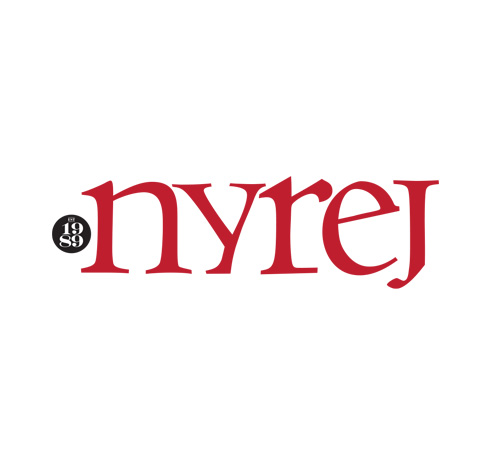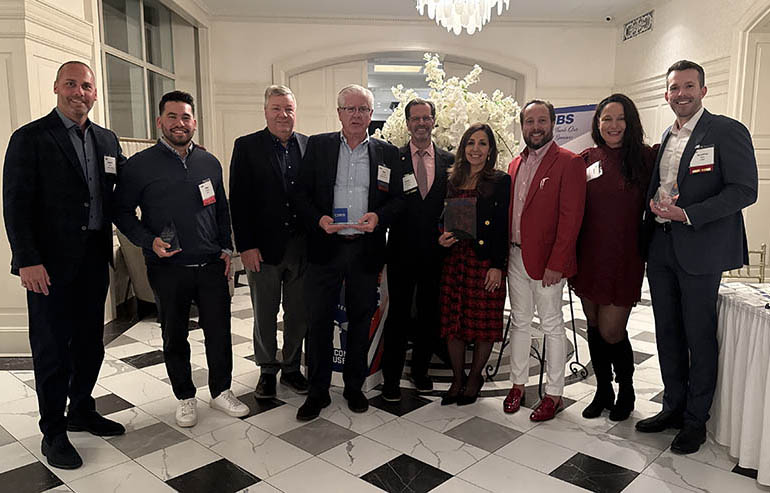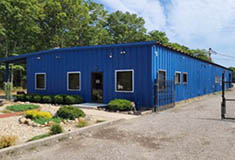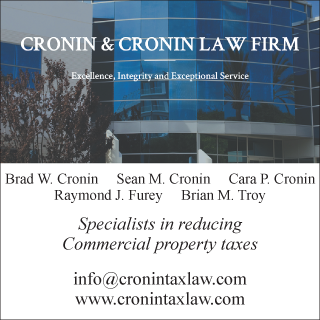Adjoining properties and the new ASTM E 1527-21 Phase One Environmental Site Assessment (ESA) Standard - by Chuck Merritt

Earlier this year the ASTM task force passed the E-1527-21 standard which was also approved by the U.S. Environmental Protection Agency (USEPA). The new environmental phase one standard puts more emphasis on looking at the adjoining properties than prior standards. The task force has identified adjoining properties as: “any real property or properties the border of which is contiguous or partially contiguous with that of the subject property, or that would be contiguous or partially contiguous with that of the subject property but fora street, road, or other public thoroughfare separating them” In addition, the ASTM Vapor Standard E2600-22 states: “Consistent with CERCLA’s requirements, USEPA has provided that All Appropriate Inquiry (AAI) includes consideration by the Environmental Professional (EP) of environmental conditions at properties adjoining or nearby the subject property that could result in the presence of hazardous substances at the subject property. CERCLA required USEPA to include in the AAI Rules the review of records concerning “contamination at or near the facility” and visual inspections of “adjoining properties.”
In densely populated areas, this will include many more properties than previously considered in a phase one report. The 2021 revision now requires an expanded scope of historical research of adjoining properties as well. Environmental firms will need to review the four (4) main historical resources (aerial photographs, topographic maps, city directories, and Sanborn Fire Insurance maps) that have been reviewed for the subject property for all adjoining properties or explain why the review was not completed. The research of additional resources (building department records, property tax files, interviews, and zoning/land use records, etc.) may also be needed when unable to adequately identify the historical use of adjoining properties based on the review of the four main historical research sources noted.
When purchasing a property, it makes good business sense to understand the potential environmental impact from an adjoining property. This may include neighborhood dry cleaners utilizing the solvent perchloroethylene (PERC) or gasoline stations storing large quantities of petroleum products in underground storage tanks (USTs). Since this is considered the due diligence stage, the information is valuable in determining if a Recognized Environmental Condition (REC) as defined by ASTM is present. The purchaser can present these findings to a seller and request additional time to further evaluate the concern (phase 2). Soil and groundwater samples can be collected to determine if any subsurface impacts are present as well as conducting soil gas vapor and indoor air sampling within the building structure. Upon receiving the results, the potential purchaser will have more information in hand to decide. Additional advice from the consulting firm retained as well as an environmental attorney can also be very valuable.
How the lending community will embrace this new section on adjoining properties is yet to be seen. With each version of the ASTM E-1527 standard, real estate lenders need to consider the risk they are willing to accept based on the findings of the phase one report. The ASTM E-1527 standard has always been designed to provide CERCLA protection to the end user which is critical to a buyer. The first version of the standard released in 1994 utilized language such as “obvious signs of contamination” which gave consultants latitude on what they reported to the client. In 2000, the term All Appropriate Inquiry (AAI) was introduced to firm up that consultants consider all avenues of information available in determining if a REC existed (which went well beyond the concept of “obvious signs of contamination”). The 2013 standard brought the concept of Vapor Encroachment (VE) and Vapor Intrusion (VI) to the forefront. Many conversations with lenders and their approved firms have taken place over the years on how this information may impact the risk associated with making a loan and what steps would be necessary in mitigating that risk.
Lenders do have the protection from cleanup based on the 1996, Asset Conservation, Lender Liability, and Deposit Insurance Protection Act (Asset Conservation Act). In 1997, EPA issued “Policy on Interpreting CERCLA Provisions Addressing Lenders and Involuntary Acquisitions by Government Entities,” which provided guidance on interpreting the Asset Conservation Act.
CERCLA Section 101(20) contains a secured creditor exemption that eliminates owner/operator liability for lenders who hold ownership in a CERCLA facility primarily to protect their security interest in that facility, provided they do not “participate in the management of the facility.”
This gives lenders latitude in deciding how to reconcile the risk outlined in a phase one report that follows the E-1527 standard. However, although a lender may not be financially responsible for remediation that is required, having this kind of a loan on the books is typically not something lenders like as it can make it more difficult to sell the asset or note if a borrower defaults. Costs of preparing the new ASTM report are expected to rise as there will be more work required in evaluating adjoining properties in greater detail. The industry is currently waiting for the USEPA to sunset the ASTM E-1527-13 standard so only one standard will remain that meets the definition of the AAI Rule.
Chuck Merritt, LEED AP, is the president of Merritt Environmental Consulting Corp., Hauppauge, N.Y.
Suffolk County IDA supports expansion of A&Z Pharmaceuticals


The evolving relationship of environmental consultants and the lending community - by Chuck Merritt
When Environmental Site Assessments (ESA) were first part of commercial real estate risk management, it was the lenders driving this requirement. When a borrower wanted a loan on a property, banks would utilize a list of “Approved Consultants” to order the report on both refinances and purchases.








.gif)
.jpg)